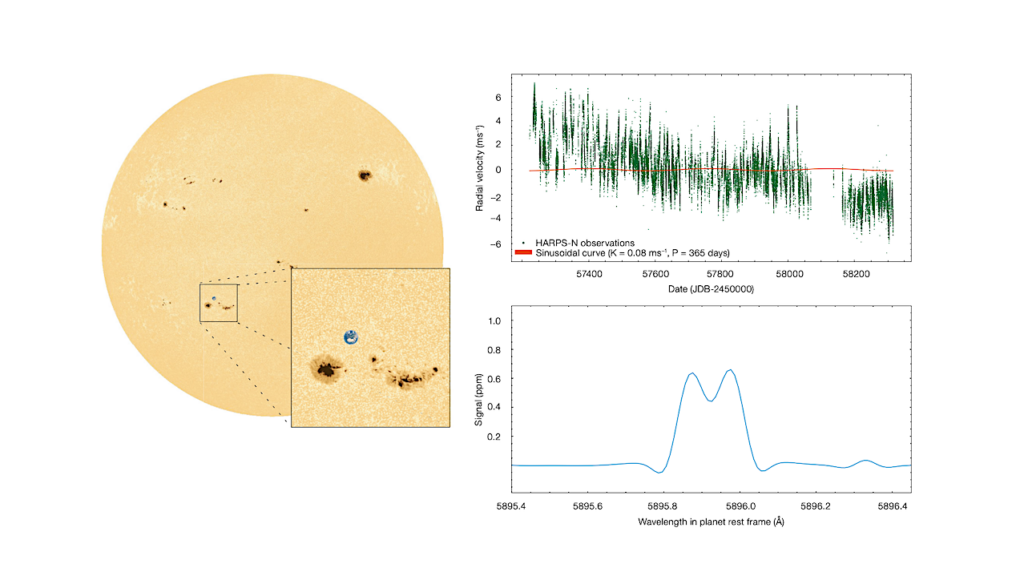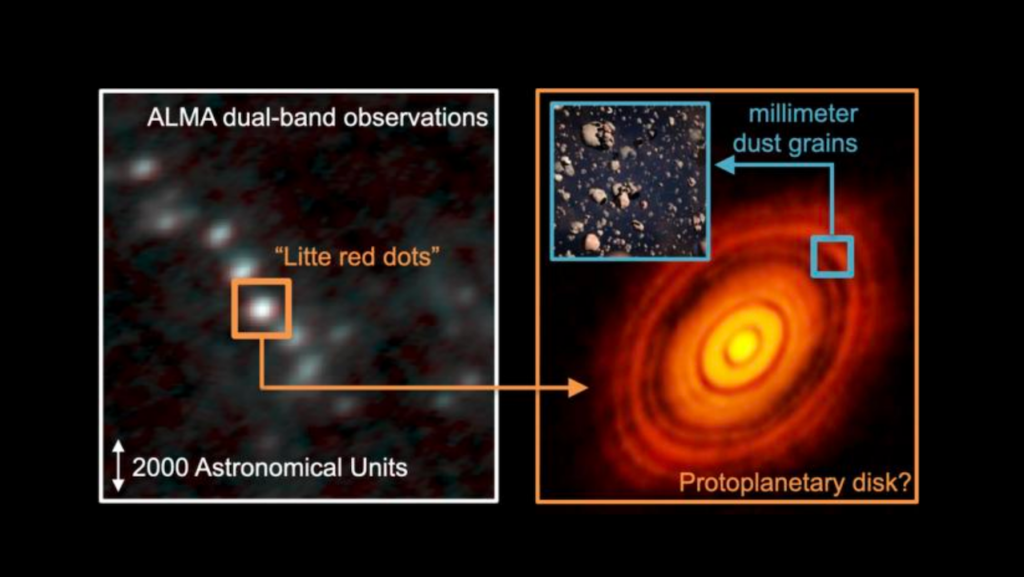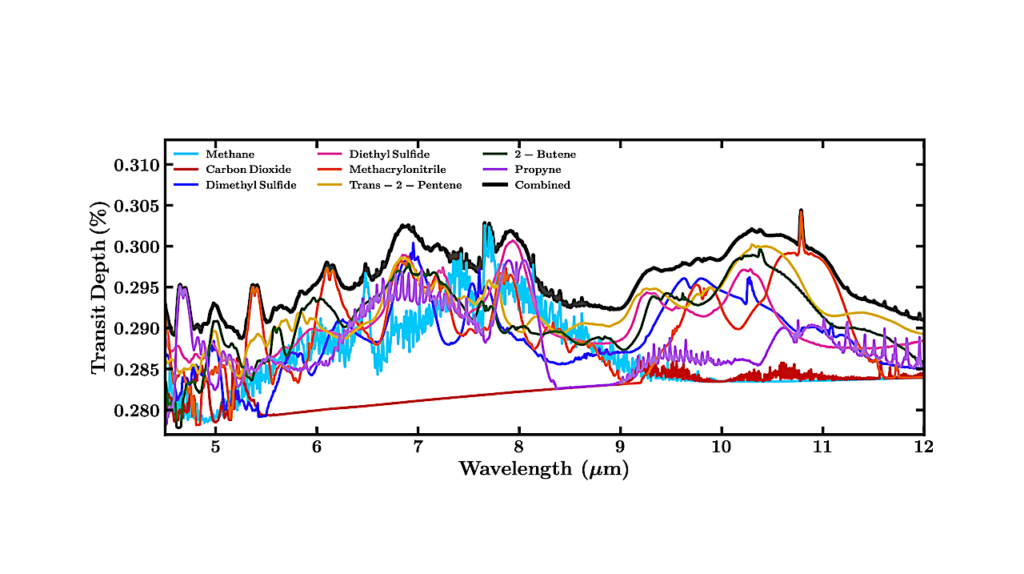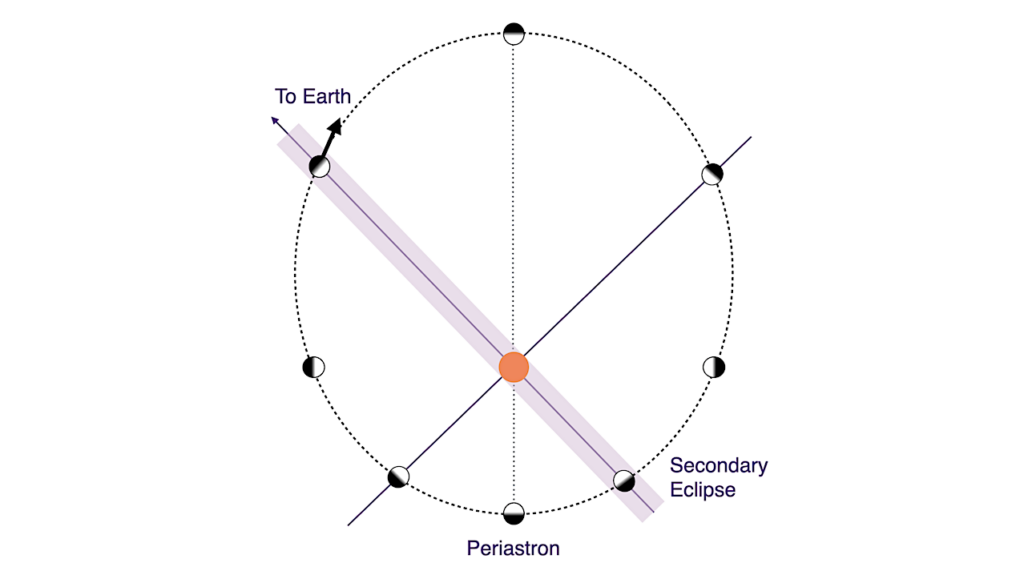ESCAPE Project: Investigating Active Observing Strategies and Post-processing Methods for Exoplanet High-contrast Imaging with Future Space Missions
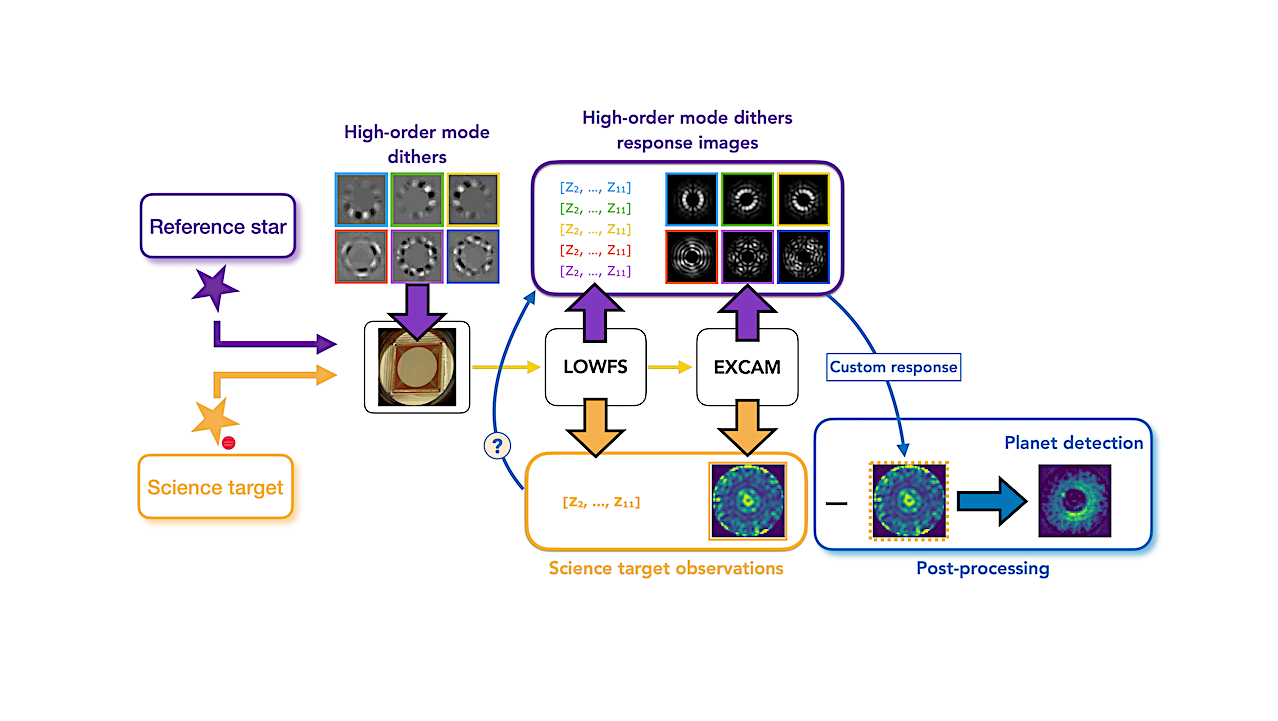
The search for biosignatures in potentially habitable exoplanets is one of the major astrophysics’ drivers for the coming decades, and the prime science goal of the HWO NASA mission, a large UV-Optical-IR space telescope to be launched in the 2040s.
To reach this goal, it will be equipped with state-of-the-art high-contrast spectro-imaging capabilities enabling the detection of exoplanets 10^10 times fainter than their host stars, a formidable challenge given today’s best detection limits at ~10^-6 contrast levels. This goal puts stringent constraints on the entire observatory, and demands the optimization at the system level to leverage the performance of individual sub-systems.
However, while image processing techniques are a key asset to reach the ultimate performance, the science and technological definition of the mission concepts mostly rely on the coronagraph and wavefront control to reject the starlight, assuming a conservative gain of ~10 in sensitivity from image processing, extrapolated from performance obtained with classical techniques on Hubble observations.
In the ESCAPE project, we investigate integrated solutions for optimizing the observing methods and data processing techniques with future space telescopes, making use of their wavefront sensors and deformable mirrors.
The Roman Space Telescope, scheduled for launch in 2026, will be a critical milestone to demonstrate key technologies ahead of HWO with the Coronagraph instrument, and is thus a unique opportunity to also test and validate innovative image processing techniques. Here we present the rational, methodology, and timeline of the ESCAPE project.
Elodie Choquet, Lisa Altinier, Nicolás Godoy, Alexis Lau, Arthur Vigan, David Mary
Comments: Proceedings of the 2024 SPIE Astronomical Telescopes + Instrumentation conference
Subjects: Earth and Planetary Astrophysics (astro-ph.EP); Instrumentation and Methods for Astrophysics (astro-ph.IM)
Cite as: arXiv:2409.02019 [astro-ph.EP] (or arXiv:2409.02019v1 [astro-ph.EP] for this version)
https://doi.org/10.48550/arXiv.2409.02019
Focus to learn more
Journal reference: Proc. SPIE 13092, Space Telescopes and Instrumentation 2024: Optical, Infrared, and Millimeter Wave, 130926I (23 August 2024)
Related DOI:
https://doi.org/10.1117/12.3019163
Focus to learn more
Submission history
From: Elodie Choquet
[v1] Tue, 3 Sep 2024 16:11:00 UTC (1,423 KB)
https://arxiv.org/abs/2409.02019
Astrobiology,



